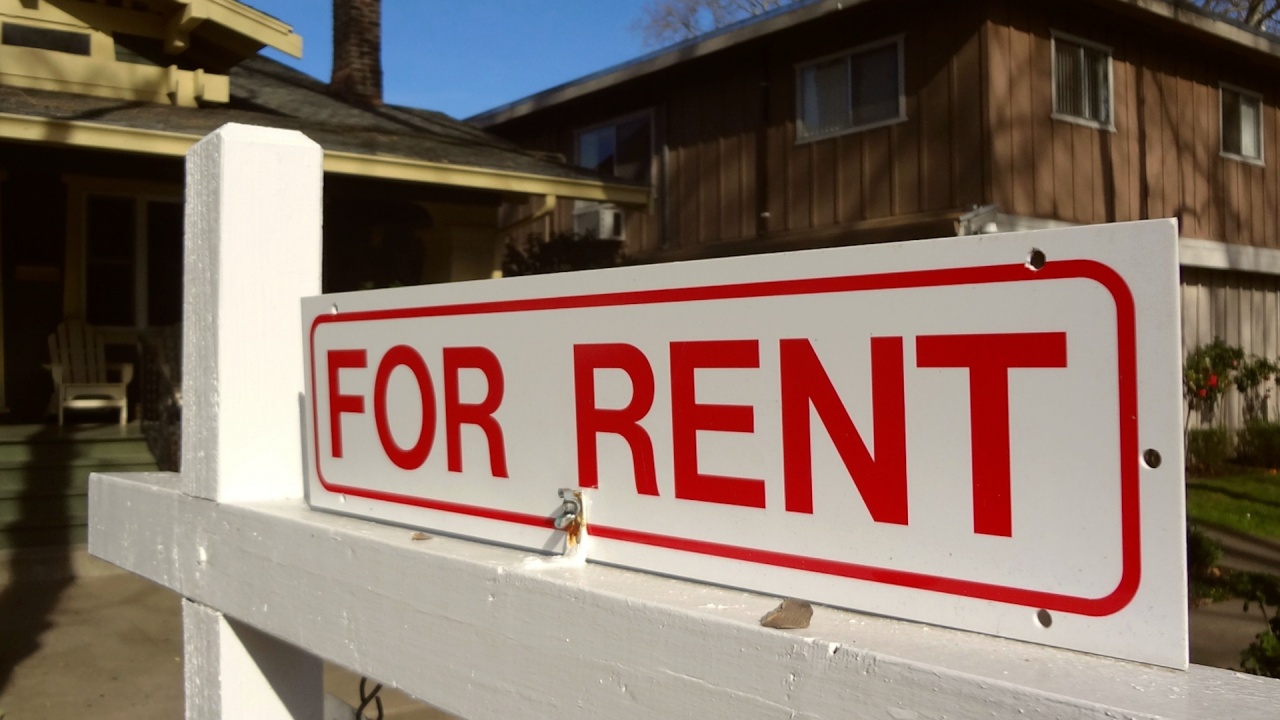
Advocacy
What is the fundamental issue?
The Housing Choice Voucher Program, also known as Section 8, is a federal program that helps low-income families, people with disabilities, and the elderly afford private housing. There is no requirement under federal law that housing providers accept vouchers; however, many states and localities have added “source of income” as a prohibited basis for discrimination under their fair housing laws. This means that, in many parts of the country, refusing prospective tenants who use vouchers, or who pay rent with Social Security Disability benefits, spousal support, veterans benefits, or other lawful sources of income, may expose housing providers, including real estate professionals, to fair housing liability.
The Housing Choice Voucher Program provides qualifying individuals with funds covering the gap between the individual’s income and their housing costs. For those states or municipalities where source of income is an additional protected category, refusing an applicant because they are using a housing choice voucher may constitute source of income discrimination. This type of discrimination could include telling applicants that Section 8 funds are not accepted, asking whether the applicant is receiving any government assistance and then denying the application, and advertising units with phrases like “no programs” or “no section 8”. When source of income is a protected category, the housing provider may refuse a prospective tenant only if the tenant is disqualified under other screening criteria, not because the tenant is using a voucher.
I am a real estate professional. What does this mean for my business?
Recent lawsuits in New York State, whose fair housing laws include source of income as a protected category, illustrate these risks. Housing Rights Initiative, a non-profit organization focused on housing issues, used testers to investigate discrimination against low income tenants. In one suit, Housing Rights Initiative alleged that 88 real estate companies, including brokerages, discriminated against low income tenants by refusing vouchers. The Housing Rights Initiative filed a second lawsuit against 36 housing providers after a similar investigation in Westchester County, New York.
These lawsuits illustrate that it is critical for real estate professionals to understand and comply with federal, state and local fair housing laws. Here are some best practices to consider:
- Review your state and local fair housing laws to determine if they include any additional prohibited categories, beyond the federal Fair Housing Act. Keep in mind that if your state includes source of income as a prohibited basis, you risk fair housing liability if you reject tenants because they use Housing Choice vouchers.
- Apply screening criteria consistently to all prospective tenants. Applying more stringent screening criteria to those prospective tenants that fall within a prohibited category increases your risk of a fair housing violation allegation.
- Finally, document your decision-making process when refusing tenants in case a prospective tenant alleges a fair housing violation in the future. Check out NAR’s fair housing resources at https://www.nar.realtor/fair-housing.
NAR Policy
NAR promotes public policy to advance broader homeownership availability, accessibility, and affordability in all communities. We prioritize efforts to narrow homeownership gaps among demographic groups and promote strong enforcement of anti-discrimination laws in the housing market.
Legislative/Regulatory Status/Outlook
No actions at this time.
NAR Committee
Federal Financing and Housing Policy Committee
Current Legislation/Regulation
None at this time.
In-Depth
Letters to Federal Agencies
Letters to Congress
Issue summary
NAR Federal Issues Tracker
Legislative Contact(s):
Alexia Smokler
asmokler@nar.realtor
202-383-1210
Colette Massengale
cmassengale@nar.realtor
202-383-1008
Regulatory Contact(s):
Alexia Smokler
asmokler@nar.realtor
202-383-1210
Colette Massengale
cmassengale@nar.realtor
202-383-1008




















